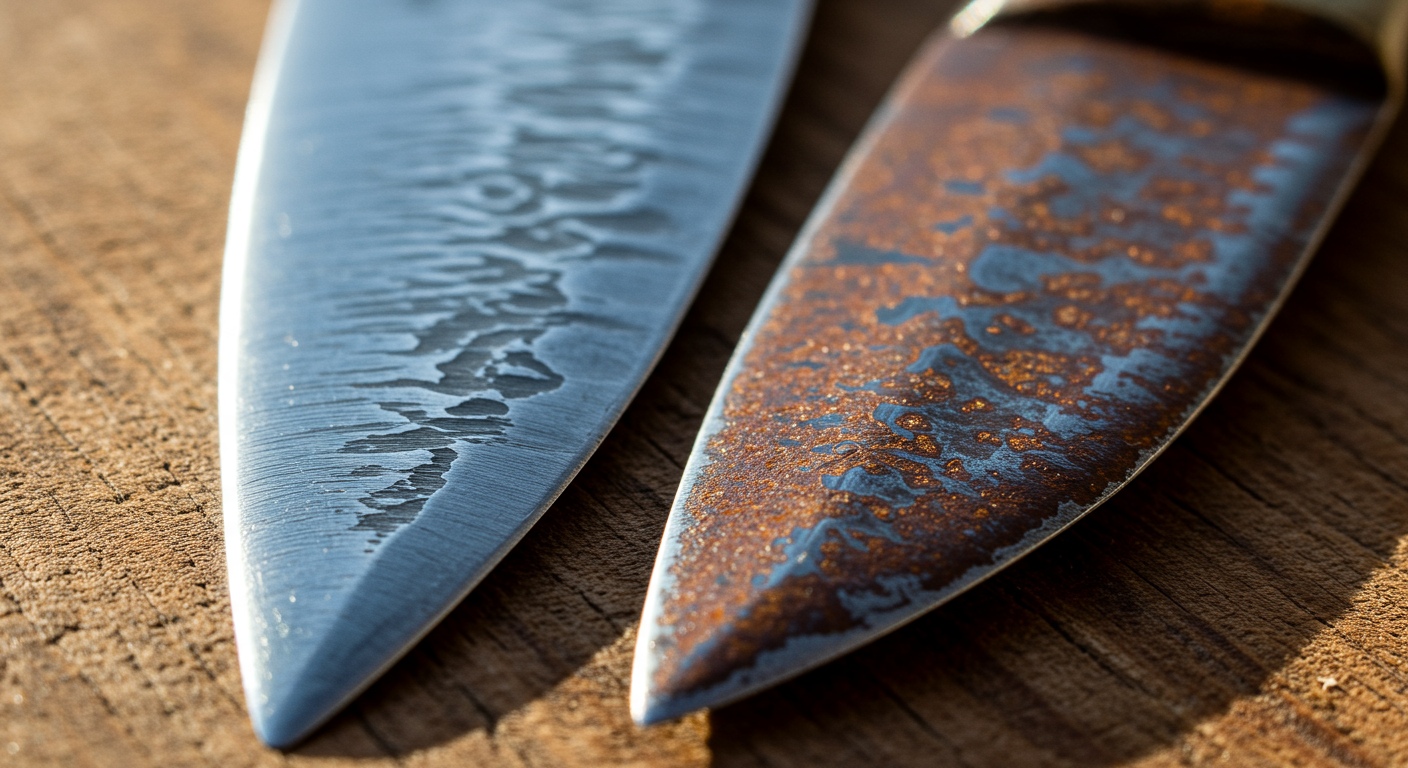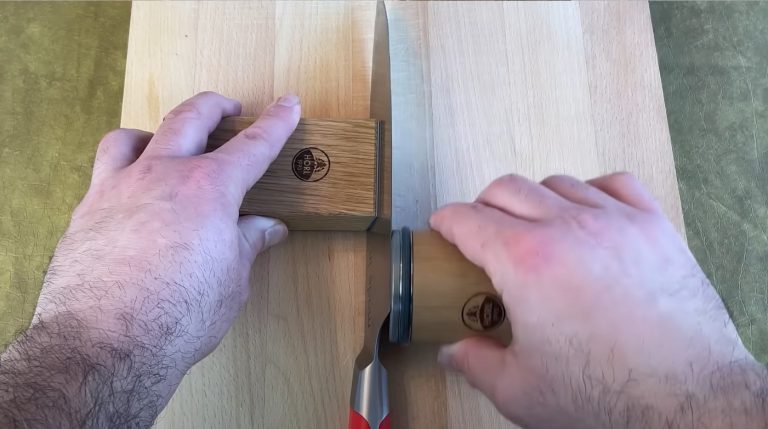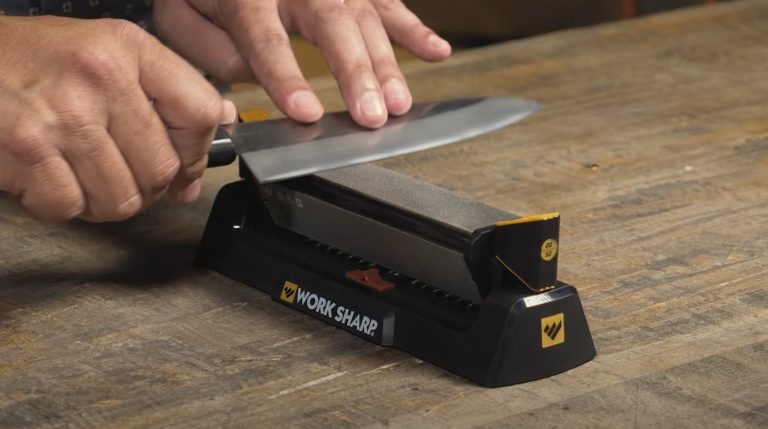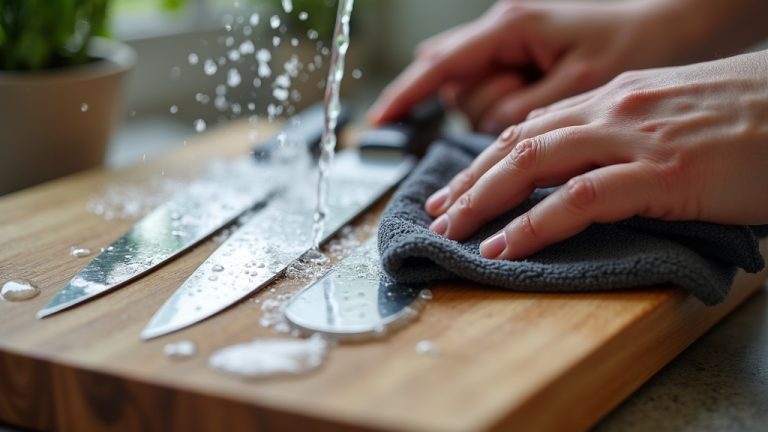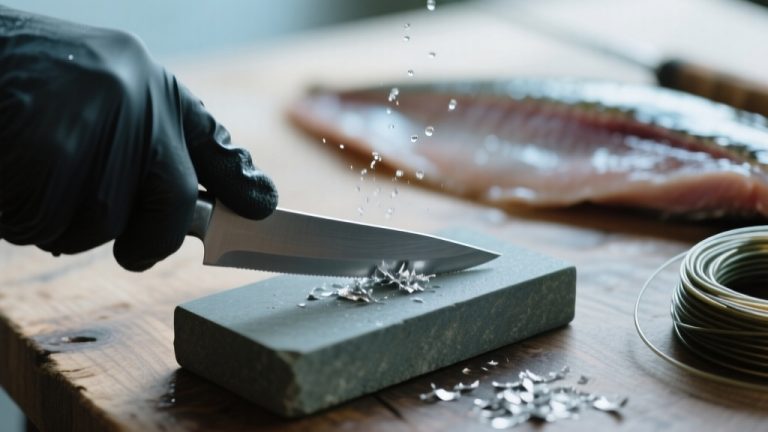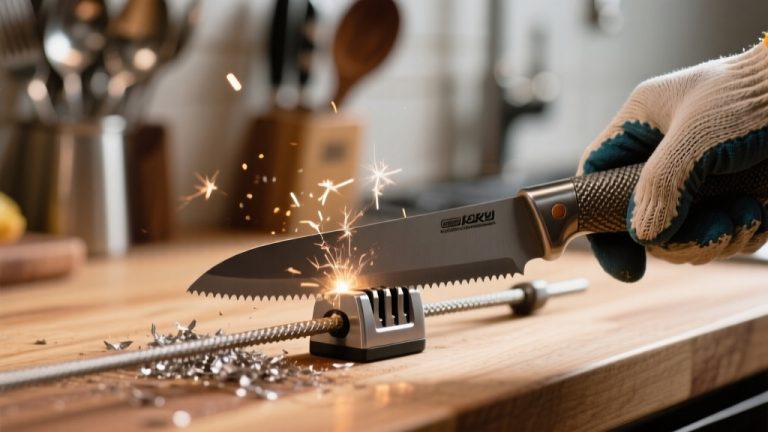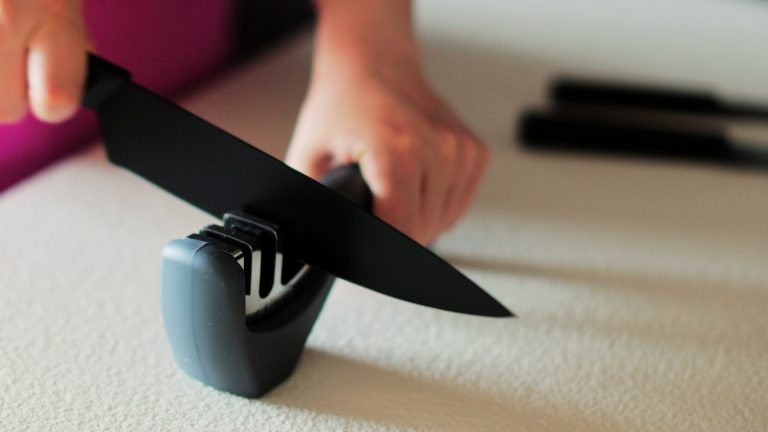Patina Vs Rust: Here’s Why It Matters
When comparing patina vs rust, you’ll notice patina forms a protective, smooth layer on metals like copper, enhancing aesthetics with varied hues over years.
Rust, however, aggressively corrodes iron, creating rough, flaky orange-red patches within days under moist conditions. Patina shields metal integrity, while rust degrades it through pitting.
Environmental factors like humidity influence both, but their effects differ sharply. Stick around to uncover deeper insights into their formation and practical impacts.
Key Takeaways
- Patina is a protective layer on metals like copper, forming over years, while rust corrodes iron rapidly within days.
- Patina appears smooth with varied hues, whereas rust is rough, flaky, and orange or red in color.
- Patina preserves metal integrity, enhancing longevity, but rust accelerates deterioration and weakens structures.
- Environmental factors like humidity influence both, with patina developing slowly and rust forming quickly in moist conditions.
- Patina holds cultural value and aesthetic appeal, while rust is often seen as neglect or failure.
The Basics of Patina and Rust
Curiosity often sparks when you notice a metal surface changing over time whether it’s a cast iron skillet or a steel blade. You’re witnessing patina, a natural process on metals like iron due to atmospheric exposure.
This thin oxide layer forms a protective barrier, slowing further corrosion and preserving structural integrity in cast iron structures.
Environmental factors, such as humidity above 64%, accelerate patina formation, while low humidity delays it. Foot traffic or foreign substances can introduce corrosive agents, influencing the process.
Many choose to leave this natural discoloration as it adds unique character to the metal natural discoloration adds character.
Unlike harmful corrosion, patina isn’t damaging and often enhances aesthetic appeal. On high carbon steel knives, it shields against deeper decay if maintained. You’ll find that with proper care, patina helps metal endure for decades.
Visual Differences Between Patina and Rust
As you examine metal surfaces, you’ll notice patina and rust differ starkly in color and texture, with patina showing smooth, varied hues like blue or brown, while rust presents rough, flaky orange or red patches.
You can also observe that patina forms a uniform, protective layer, maintaining the metal’s surface integrity, whereas rust corrodes and pits the material, leading to degradation.
Pay close attention to these contrasts, as they reveal critical insights into the condition and longevity of the metal you’re evaluating. Additionally, recognizing that patina acts as a barrier slows down corrosion can help in deciding whether to preserve or remove it based on aesthetic or functional preferences.
Color and Texture Contrast
When examining the visual differences between patina and rust, you’ll notice stark contrasts in color and texture that define their unique characteristics.
Rust presents red-orange hues from iron oxide, often appearing blotchy with streaks from water exposure. Patina, however, spans green, blue, black, or brown tones, influenced by the metal—copper yields verdigris, while iron shows orange-brown. You’ll see patina’s uniformity in controlled applications, unlike rust’s irregular patterns.
Texture-wise, rust feels rough, flaky, and porous due to corrosion, while patina varies from smooth tarnish to gritty artificial finishes. Additionally, patina acts as a protective layer against further corrosion, contributing to its smoother appearance compared to the degrading nature of rust.
Natural patina develops fine granularity over time, offering subtle tonal depth, whereas artificial methods create matte or glossy effects. You’ll find rust abrasive to touch, contrasting patina’s closer resemblance to the base metal.
Surface Integrity Comparison
While examining the surface integrity of metals, you’ll notice a fundamental contrast between patina and rust in how they impact the material’s structure.
Patina forms a stable, protective layer through mild oxidation, preserving the metal beneath by acting as a non-invasive barrier. You’ll see it doesn’t flake or penetrate deeply, maintaining structural integrity and reducing maintenance needs.
In contrast, rust aggressively corrodes, forming loose, flaking layers that compromise the metal’s strength. You’ll observe rust’s destructive nature as it eats into the surface, unlike patina’s durable coating.
While both form under similar environmental conditions like humidity and moisture, patina enhances longevity, whereas rust accelerates deterioration.
This visual and structural difference clearly distinguishes their effects on metal surfaces. Notably, patina often develops into a thin oxide layer that slows further corrosion over time.
How Patina and Rust Form Over Time
As you examine the formation of patina and rust, notice how their timelines starkly contrast.
You’ll see rust manifesting on iron surfaces within hours or days under moist conditions, driven by rapid electrochemical corrosion.
In contrast, patina on copper develops over years—often 10 to 30 for a full green layer—through slower, multi-stage oxidation reactions.
This gradual process results in a protective layer that shields the copper from further corrosion over time.
Rust Formation Speed
Before delving into the nuances of patina, let’s focus on how quickly rust can develop on metal surfaces under varying conditions.
You’ll notice rust forming within 24 hours on bare metal in humid or salty environments. High humidity and warm temperatures accelerate this process, while colder conditions slow it down. Flash rust, a rapid type, can emerge almost overnight with salt exposure and moisture.
Look closely, and you’ll see rust starting as small red, black, or white patches, easily repairable if addressed promptly. Without intervention, it progresses to scale, causing pitting and etching, compromising metal integrity.
Salt-laden coastal areas and lack of protective coatings speed up this deterioration. Regular cleaning to remove salt or moisture buildup can significantly delay rust formation salt removal delays rust. Monitor environmental factors and apply coatings to mitigate rust’s aggressive onset.
Patina Development Timeline
Plunging, plunge into the timeline of patina development, and you’ll see a fascinating contrast with rust’s destructive progression over time.
Patina evolves as a protective, aesthetic layer on materials like bronze or Corten steel, while rust corrodes untreated steel relentlessly. Track this journey through distinct stages.
Observe patina’s transformation with these milestones:
- Initial Formation (0-6 Months): Notice subtle color shifts on bronze (light greens) and Corten’s early orange-brown protective layer.
- Early Oxidation (6 Months-2 Years): Watch bronze deepen to vibrant blues and Corten stabilize, unlike rust’s flaky spread. Environmental conditions, such as humidity, significantly influence the speed of patina formation.
- Mature Patina (10+ Years): See bronze gain historical depth and Corten lock in corrosion resistance.
Protective Roles of Patina Compared to Rust
When you examine the protective roles of patina versus rust, you’ll notice a stark contrast in their effects on metal integrity.
Patina, a thin layer of oxides or other compounds, acts as a shield, slowing corrosion on metals like cast iron and preventing deeper damage. You’ll find its barrier properties especially valuable in preserving structural longevity, making it desirable for architectural applications.
Patina serves as a protective shield, slowing corrosion on metals like cast iron and preserving structural integrity for architectural longevity.
In contrast, rust accelerates deterioration in iron and its alloys. As a corrosive byproduct, it doesn’t protect but actively weakens the metal, compromising integrity. Additionally, rust’s flaky nature means it crumbles easily, exposing more metal to further corrosion.
You’ll see rust as a sign of ongoing, harmful corrosion, unlike patina’s stabilizing effect. This fundamental difference highlights why patina is often preferred for both protection and durability in metal applications.
Maintenance Tips for Patina and Rust
As you explore maintaining patina and rust on metal surfaces, you’ll find distinct approaches tailored to their unique properties.
Patina, a valued aesthetic layer, demands gentle care to preserve its protective finish, while rust, an unwanted corrosion, requires aggressive prevention and removal to safeguard structural integrity.
To maintain these finishes effectively, consider these precise strategies:
- Patina Care: Clean with mild soap and a soft cloth, avoiding harsh chemicals that strip its unique sheen.
- Rust Prevention: Apply sealants or epoxy coatings to block moisture, inspecting regularly for early corrosion signs.
- Environmental Control: Store items in dry conditions, as humidity accelerates rust but can unevenly alter patina. Keeping vehicles or items indoors can significantly reduce exposure to damaging elements like sun and rain.
Cultural Significance of Patina Versus Rust
Heritage shapes how you perceive patina and rust on metal surfaces, revealing stark cultural contrasts.
Patina, with its soft greens and browns, symbolizes age-value and authenticity, embodying heritage in artifacts like the Statue of Liberty’s verdigris. You’ll notice it’s celebrated as “cultural weathering,” reflecting craftsmanship and noble aging, often preserved for its protective and aesthetic duality.
In contrast, rust carries a narrative of neglect and entropy, tied to industrial decline or decay. You’re likely to see its harsh orange-red hues as a failure, lacking emotional resonance or philosophical depth.
This perception stems from rust’s association with corrosion, which can compromise the structural integrity of metal objects structural integrity compromised.
Unlike patina’s revered antiquity in bronze statues, rust rarely finds artistic value, often signaling material loss and prompting removal to halt deterioration.
Practical Applications in Tools and Architecture
While cultural perceptions shape attitudes toward patina and rust, their practical implications in tools and architecture reveal critical differences in functionality.
You’re tasked with evaluating materials where patina offers a protective magnetite layer, halting deeper oxidation, while rust corrodes metal, causing flaking and structural weakening.
Consider these real-world impacts:
Explore the real-world effects: patina protects, while rust destroys. Understand their impact on tools and structures for smarter material choices.
- Tools with stable patina last longer, so you won’t replace them often, unlike rusted ones that fail quickly.
- Architectural weathering steel develops a controlled patina, ensuring corrosion resistance, so you avoid costly repairs seen with rust.
- Rusted structural components weaken load-bearing capacity, forcing you to reinforce or replace them expensively.
Maintain patina with simple oiling and moisture control, but tackle rust with abrasive removal and sealing for lasting integrity.
Additionally, patina on tools often enhances their value among collectors, reflecting a history of use natural tarnish appreciated.
Identifying Patina and Rust in Everyday Objects
Let’s shift focus from the practical uses of patina and rust in tools and architecture to how you can spot these phenomena on everyday objects.
Examine items like copper kettles; you’ll notice a blue-green verdigris patina, a smooth, stable coating indicating inactive corrosion.
Contrast this with iron garden tools showing orange-red, flaky rust—active corrosion from moisture and oxygen exposure that penetrates and expands the metal.
Check pewter mugs for dark gray tarnish, lacking protective properties, unlike patina.
On tin cans, white or black deposits signal corrosion, but rust beneath suggests iron.
Use texture and color as guides: patina’s even, mottled look differs from rust’s rough, uneven spread.
Identify these precisely to assess material condition accurately.
Additionally, consider iron or steel objects like wind chimes, where a rich rust patina can be intentionally accelerated using safe household chemicals for aesthetic appeal.
Frequently Asked Questions
Can Patina Be Artificially Created at Home?
Hey, you can definitely create patina artificially at home with the right techniques and materials.
Use metals like copper or brass, and apply chemical agents such as ferric nitrate for browns or cupric nitrate for blues.
Try hot or cold patina methods to control color development.
Don’t skip safety gear—wear gloves, goggles, and maintain ventilation.
Follow precise steps from tutorials to achieve consistent, artistic results on your projects.
Does Patina Affect Metal’s Resale Value?
Hey, when you’re evaluating how patina impacts a metal item’s resale value, consider its dual role.
You’ll find that patina can enhance value for collectors seeking historical authenticity, especially on vintage pieces, if it’s naturally formed.
However, if it suggests neglect, it might lower the price.
Analyze the item’s condition, market demand, and niche appeal.
Is Rust Reversible With Chemical Treatments?
Hey, let’s explore whether rust is reversible with chemical treatments.
You can’t reverse rust back to iron, but you can remove it effectively. Use phosphoric acid to convert rust into iron phosphate for easy removal.
Acetic acid, like vinegar, works for smaller tasks, though results vary. Strong acids, such as hydrochloric, act fast but demand caution.
Chelating agents also help, bonding with rust without harming the metal surface.
Can Patina Form on Non-Metal Surfaces?
As the old saying goes, “Time paints with a broad brush,” you’ll see patina’s subtle artistry on non-metal surfaces.
You can observe it forming on leather, darkening with UV exposure, or on denim, fading through abrasion.
Wood weathers to grayish tones under sunlight, while stone gathers moss over decades.
Analyze these changes—moisture, oxidation, and wear drive them.
You’re witnessing physical degradation, not chemical oxidation, crafting unique, irreversible textures.
Does Climate Impact Patina Development Speed?
Hey, you’ve gotta know that climate greatly impacts the speed of patina development.
In coastal or humid areas, you’ll see faster formation due to salty air and high moisture levels.
Dry inland regions slow the process considerably.
Sulfur dioxide in polluted zones accelerates it too.
Notice how horizontal surfaces patinate quicker than vertical ones because of moisture exposure.
Track these environmental factors to predict patina growth accurately.
The Verdict: Rust Eats, Patina Enriches
You’ve now grasped the intricate differences between patina and rust. Don’t worry if you’re skeptical about valuing patina’s beauty over rust’s decay; seeing patina’s protective charm on a cherished heirloom can stir deep nostalgia.
Embrace patina’s cultural depth and practical benefits in tools and architecture. Analyze everyday objects closely—identify patina’s subtle sheen versus rust’s destructive crumble. Let this knowledge guide your maintenance choices with precision and care.

